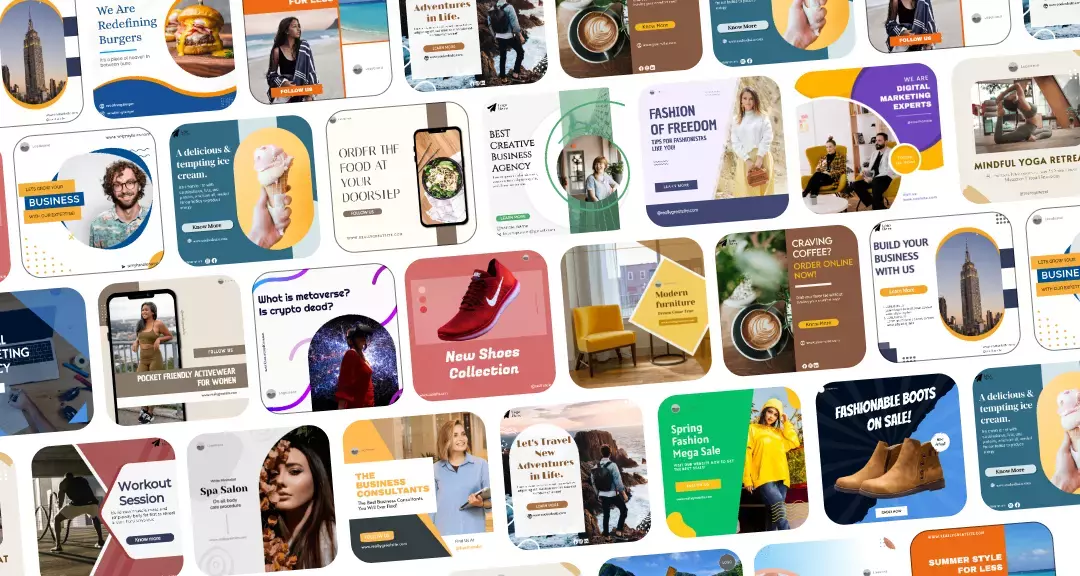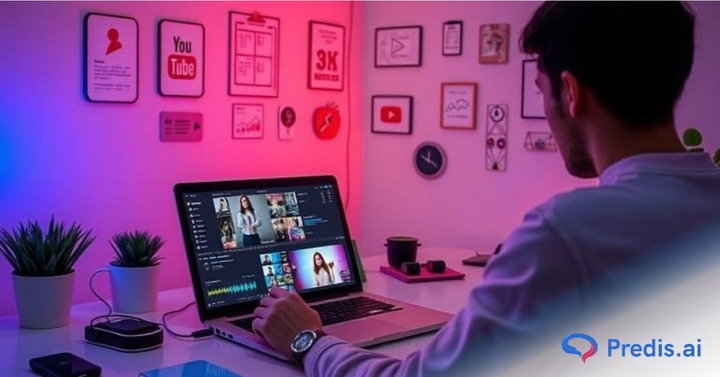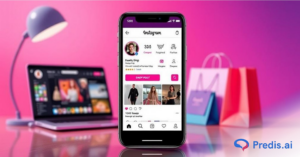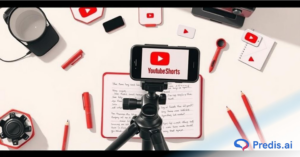You’ve probably noticed how YouTube Shorts have taken over your feed lately — short, snappy videos that grab attention in seconds. They’re not just entertaining; they’re one of the fastest ways to grow a channel today.
If you’ve been wanting to jump in but feel like video creation is too technical or time-consuming, don’t worry. With online tools, you can now create scroll-stopping YouTube Shorts in minutes — without needing to be an editor or a camera pro.
In this guide, we’ll go step-by-step through how you can create YouTube Shorts easily, understand the right specs to follow, and learn a simple repeatable workflow that helps you make engaging content every single time.
YouTube Shorts Technical Specs – An Overview
Before we get into the fun stuff, let’s make sure you’re setting up your video the right way. YouTube has specific requirements for what counts as a “Short,” and missing them could mean your video doesn’t get shown in the Shorts feed.
Here’s what you need to keep in mind:
- Aspect ratio: 9:16 (vertical video format), 1:1
- Resolution: At least 1080 x 1920 pixels for clear playback
- Length: 60 seconds or less is standard, 3 minutes is the maximum limit
- File format: MP4 works best
- Audio: Use clear voice-overs or music from YouTube’s Audio Library or a licensed source
- Captions: Always add them — many viewers watch without sound
- Thumbnail: Keep it clean and centered (important visuals should stay in the safe zone)
Once these basics are in place, you’re ready to create videos that look professional and perform well on every device.
Step-by-Step Workflow to Create Engaging YouTube Shorts
Creating YouTube Shorts doesn’t have to feel like a production nightmare. In fact, with the right system, you can go from idea to finished video in under an hour. Let’s break it down into clear steps so you can follow along easily.
Step 1: Brainstorm Ideas and Spot Trends
Start by figuring out what kind of Shorts your audience actually wants to see.
Spend 15–20 minutes scrolling through the YouTube Shorts tab in your niche — maybe it’s tech tips, recipes, tutorials, or quick motivational clips. Pay attention to:
- The first few seconds of each Short (what’s the hook?). Make sure to note ways to catch their interest within 8 seconds to avoid scrolling away
- The tone — is it funny, fast-paced, or educational?
- The topics that seem to get repeat engagement
Once you have a few ideas, write down 5–10 simple one-liners. Don’t overcomplicate this — even something like “3 easy tips to edit faster” or “Here’s what happens when you skip breakfast” can work.
From that list, pick 2 or 3 to turn into your first batch of Shorts.
Step 2: Write a Quick Script
Good Shorts feel spontaneous, but behind the scenes, they’re usually scripted — at least loosely.
Use this easy structure:
- Hook (first 2 seconds): Grab attention right away.
- Value (next 40–50 seconds): Share something helpful, interesting, or funny.
- CTA (last 5 seconds): Tell the viewer what to do next — watch another video, subscribe, or comment.
Keep sentences short and conversational. If you wouldn’t say it to a friend, it’s probably too stiff for a Short.
For example:
Instead of “Today, we will discuss how you can effectively manage your social media content”, say “Here’s how to make your social posts faster — without losing quality.”
If you want to explore more ways to create Shorts quickly using online tools, this guide breaks down the entire process in detail.
Step 3: Create Your Short in Predis AI
Now comes the fun part, where you create your YouTube shorts. Predis AI is one of the easiest tools I’ve tested for this. It turns your text ideas or longer videos into ready-to-post YouTube Shorts using AI. You don’t need editing skills at all.
Here’s exactly how to do it, step-by-step:
- Log in to Predis AI and choose the “Avatar Video” template.
- Predis has templates designed specifically for vertical videos, so you’ll start in the right format.
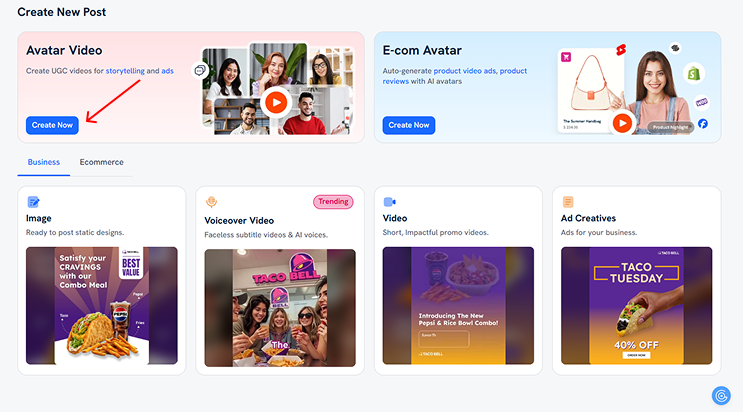
- Add your script or content.
- You can type your script directly, paste in a paragraph from a blog, or even upload an existing video. Predis will automatically detect key highlights and structure them for you. You can also get Predis AI to generate the script from a prompt.
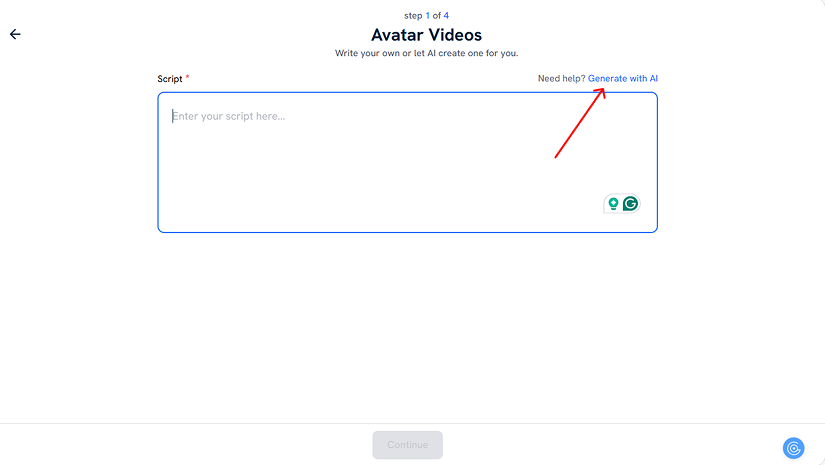
- Choose your avatar and voice.
- Want something upbeat and energetic? Or calm and informative? Predis has different avatar and voice presets with matching text animations and caption styles.
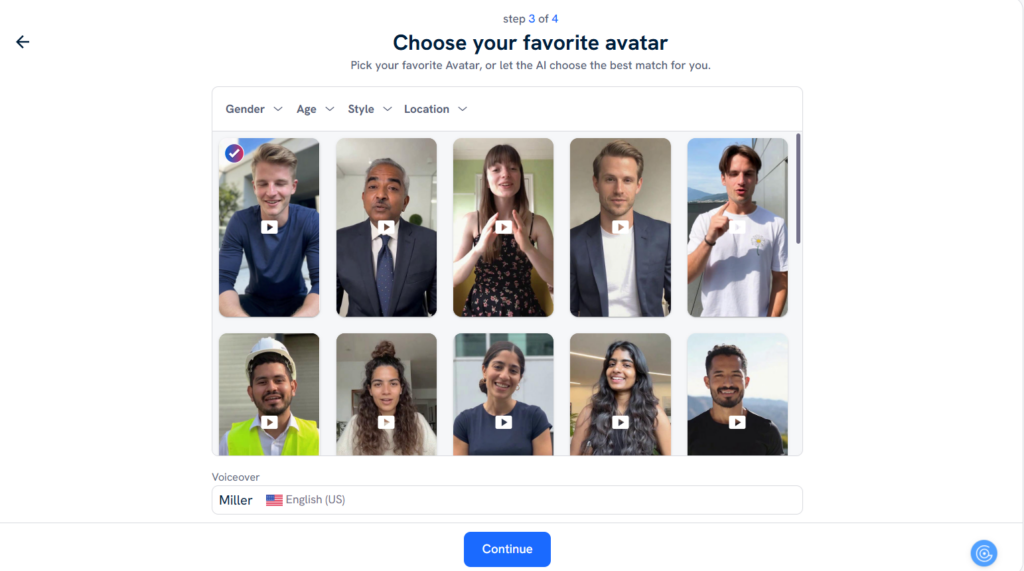
- Generate your video.
- Click “Generate,” and Predis will automatically create a full Short — it picks background visuals, adds captions, and syncs everything to your chosen voice or music.
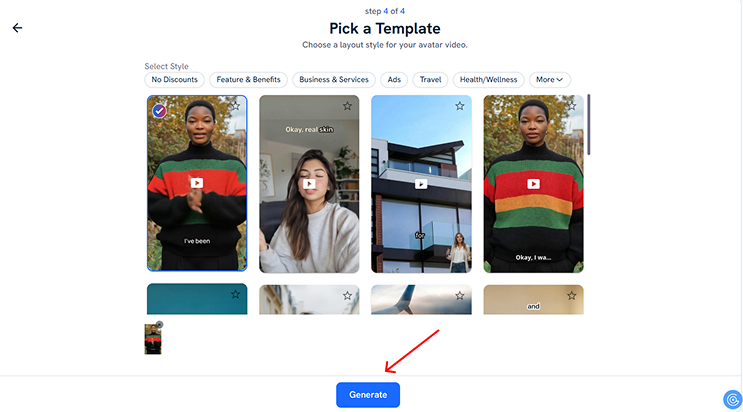
Editing and Scheduling the Shorts
- Review and tweak the hook.
- Watch the first few seconds closely. If it doesn’t grab your attention immediately, rewrite the opening line and regenerate that section.
- Edit the captions and visuals.
- Predis auto-generates captions, but double-check them for clarity. You can also swap stock footage with your own clips or photos to make it feel more authentic.
- Add background music or a voiceover.
- Choose from an audio library or upload your own track. Just keep your background music soft enough so your voice stands out.
- Preview and export your Short.
- Watch your video one last time, confirm that it’s under 60 seconds, and export in 9:16 format.
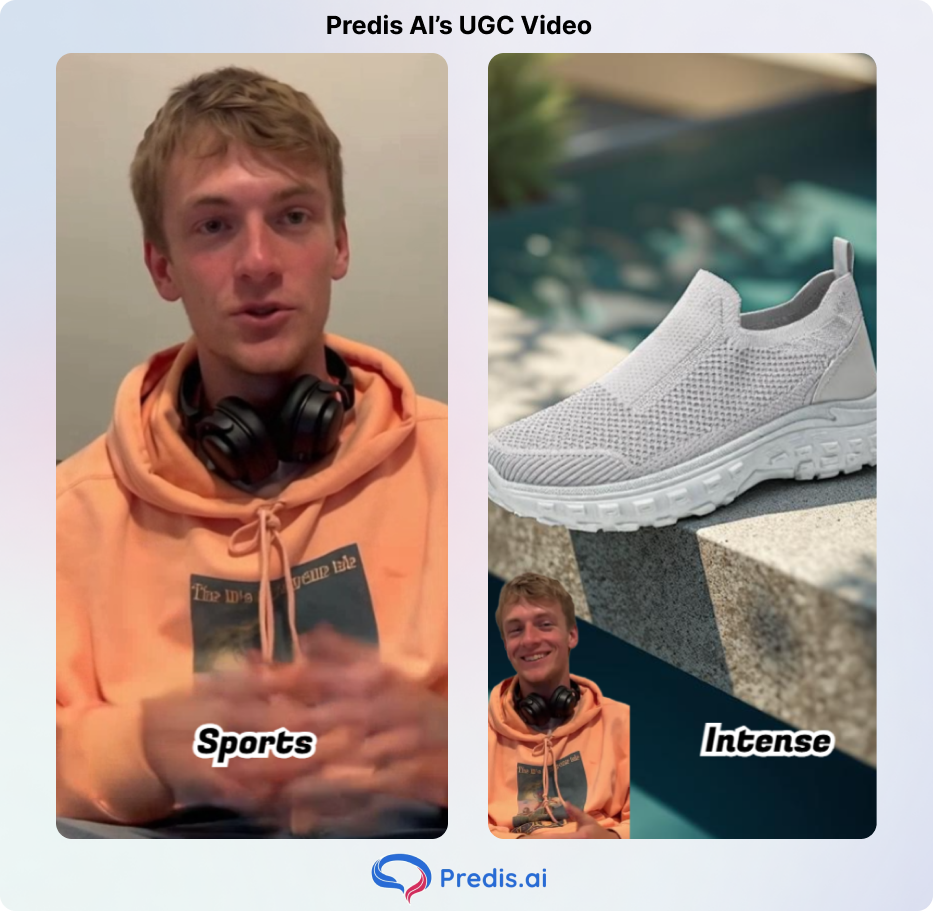
- Schedule or post directly.
- Predis lets you schedule uploads at your audience’s most active times — this is a huge time-saver if you’re managing multiple videos a week.
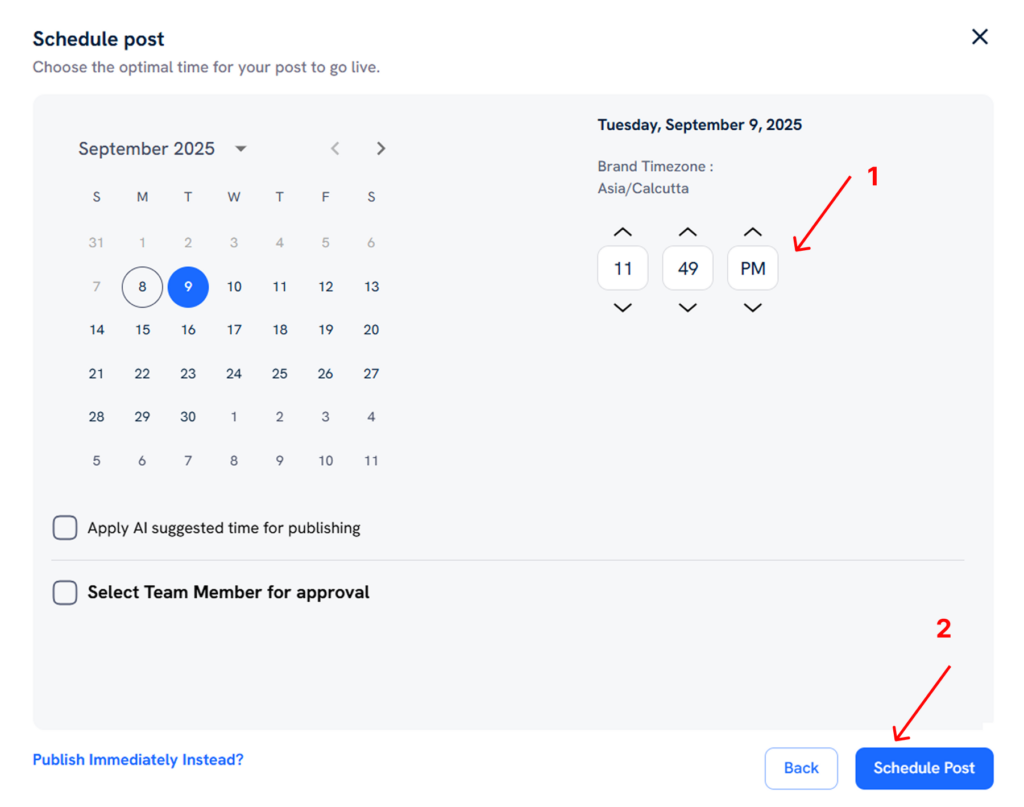
In short, Predis takes care of everything that usually slows you down: editing, formatting, captioning, and even music. You just focus on ideas and storytelling.
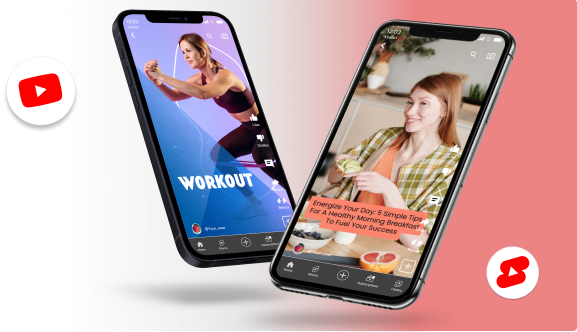
Step 4: Batch-Create for Consistency
If you want real growth on YouTube, consistency matters more than perfection. It’s easier to stay consistent if you batch your Shorts.
Here’s a quick method:
- Write 5 scripts in one sitting.
- Use Predis AI to generate all 5 drafts.
- Spend 30 minutes refining only the best 2 or 3.
- Schedule them for the week ahead.
This way, you always have fresh content going out — and you never face the dreaded “what should I post today?” moment again.
Step 5: Repurpose Long Videos into Multiple Shorts
Already have long YouTube videos or recorded webinars? Great — you’re sitting on a goldmine of short-form content.
You can paste your video transcript or upload the full video. The online AI tools will automatically identify strong moments — like quotable lines or visual highlights — and turn them into short clips.
Add a new hook, check captions, and export. That’s it! You’ve just turned one long video into 5–10 bite-sized Shorts.
Step 6: Optimize Before You Publish
Even though Shorts spread mostly through the YouTube feed, good metadata still helps your videos perform better.
Here’s a quick optimization checklist:
- Title: Short, punchy, and curiosity-driven (include your main keyword naturally)
- Description: 1–2 lines explaining what the viewer will learn
- Hashtags: Use #Shorts and 1–2 relevant topic tags
- Thumbnail: Make sure the first frame looks visually appealing — that’s what many people see before they click
- CTA: End your video by inviting viewers to take the next step — even something simple like “Follow for more quick tips” works great
Step 7: Track, Learn, and Improve
After your Shorts are live, don’t forget to check your analytics. YouTube makes it super easy to see what’s working.
Keep an eye on these numbers:
- Average view duration: Shows how long people stay before swiping away
- Retention curve: Reveals the exact second viewers drop off
- Likes and comments: Tell you what topics resonate the most
- Clicks to channel or longer videos: Shows if your Shorts are driving real engagement
If people drop off early, tweak your hooks next time. If one format performs really well — say, list-style Shorts — make more of those. For a deeper dive into measuring success and understanding performance metrics, check out our guide on analyzing YouTube Shorts performance.
Tips to Make Your Shorts Stand Out
Let’s go over a few small details that can make a big difference when you create YouTube shorts:
- Start with a question, shock, or strong statement — it instantly sparks curiosity.
- Keep the energy up; viewers scroll fast, so quick pacing helps.
- Use text animations or captions for emphasis — most people watch on mute.
- Don’t over-edit. Short-form content thrives on authenticity.
- Leave viewers with a “what’s next” thought — curiosity drives engagement.
Remember: great Shorts feel effortless, not overproduced.
Make Faceless YouTube shorts with AI 🤩
Stay Copyright-Safe and On the Right Side of the Rules
Always use music and clips that you have the right to use. YouTube’s own Audio Library is a safe option.
Also, if you use AI-generated visuals or voices, be transparent when needed. YouTube is starting to label certain AI content automatically, so staying honest keeps you compliant and trustworthy.
Final Thoughts
Making YouTube Shorts used to take hours of editing and scripting, but not anymore. With AI-powered tools like Predis, you can create polished, engaging videos in minutes — even if you’ve never edited a video before.
Start small. Create a few Shorts using the steps above, see what works, and then scale up. The more you post, the faster you’ll learn what hooks your audience — and before long, you’ll have a repeatable system that practically runs on autopilot.
If you’ve been waiting to start, now’s the time to sign up and begin the journey. You already have the ideas — Predis AI just helps you turn them into videos that people actually want to watch.
FAQs
Keep them under 60 seconds. Aim for a length that fits your message — 15–30 seconds often works best because it’s long enough to provide value but short enough to hold attention.
Yes! Predis can generate captions automatically and even use lifelike AI voices if you don’t want to record your own. Just make sure to review the captions to correct any small errors.
Batch-create them. Write 5 quick scripts, generate all of them in Predis, tweak your favorites, and schedule them. You’ll have a week’s worth of content ready in a single afternoon.
